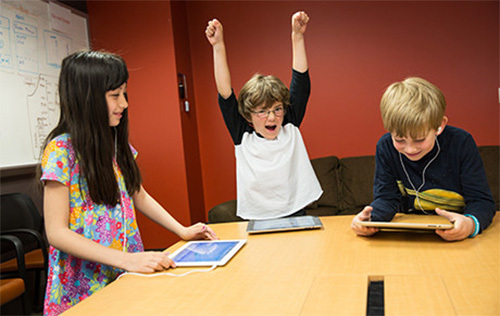
The goal of DreamBox Learning’s interactive online math tools and games is to help learners think for themselves and make sense of math. The software provider focuses on elementary and middle school math education with an innovative blending of games and personalized learning. This week I had the pleasure of interviewing Jessie Woolley-Wilson, the President and CEO of DreamBox Learning. Jessie has a long history with ed-tech (including work with Blackboard, Inc.), and was honored as a “Woman of Influence” by Puget Sound Business Journal for making an impact in the ed-tech industry. I was eager to ask her about the current stakes for education, as the tides are changing rapidly across the globe towards mixed classrooms. She offers tips from her vast experience that can help teachers adjust to the increased use of tech and Internet in the classroom. These tips will ensure that students remain focused on crucial areas of knowledge and develop critical thinking skills, despite the distracting and overwhelming amount of (mis)information online.
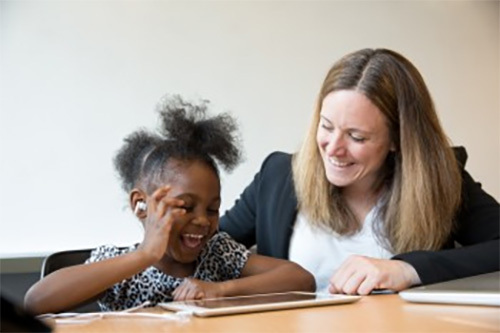
ג'סי, critical thinking and problem solving are important skills to help students assess and differentiate the quality of content found on the Internet. How can these skills be taught in the classroom relative to digital content? How can they be developed at home?
There’s a new paradigm in teaching and learning that matches what is going on in the real world, both in terms of helping students meet their full potential while mirroring the powerful technology that is shaping our world. Every day, many students engage with technology outside of school time because it is relevant to how they live. Since technology is a way to help reach, לְלַמֵד, and engage learners, why not allow students and teachers to leverage this powerful medium inside classrooms?
Demand is growing rapidly as more learning guardians — הורים, מורים, מורים, and other invested adults — experience and truly understand the benefits of using personalized learning technologies in classrooms. We partner with learning guardians to help them adopt and scale blended learning models that complement their math curriculum for deeper comprehension and understanding. It brings together great teaching, a rigorous curriculum, and meaningful, actionable insights that help cultivate mathematicians.
We believe that learning should be personalized, חָזָק, and seamlessly integrated with what happens both inside and outside of classrooms. טכנולוגיות הלמידה היעילות ביותר הן אלו שעוקבות אחר התקדמות התלמיד בכל מקום ובכל זמן שהם לומדים, מחברים את השליטה שלהם – לא שינון ראשוני – to lessons that keep them in their optimal learning zone. With nimble, dynamically adaptive and highly motivational learning technologies, students can get what they need exactly when they need it while their learning guardians are kept in the loop to maximize the support they can provide.
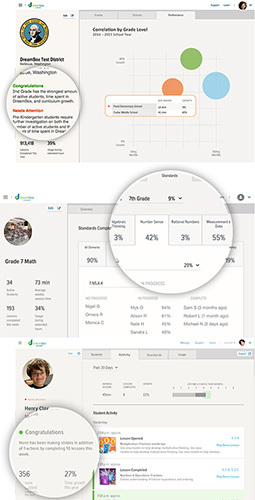
What are some of the major frustrations and stresses caused by technology in the classroom? How can this be managed or changed?
There’s not enough actionable information amidst an ocean of data…. some call this DRIP: data rich and information poor. There is a lot of data out there, and teachers want to leverage it, but they want meaningful information they can use in daily practice that won’t require a lot of additional time and training to understand and use. The ability to use classroom data that is readily accessible in real time, actionable for both the teacher and learner, and enables informed adjustments to the learning task is what educators are asking for to close gaps and raise achievement. Our math experience at DreamBox provides ongoing formative assessment that is seamlessly integrated into instruction in real time giving teacher and learner the feedback they need for consistent and constant improvement. נוסף, we provide educators with the benefits of deep and relevant professional development to help them understand those insights for successful blended learning implementation.
Does each individual need to learn technology differently, at a different pace? Are there some universal standards that all schools should reach for in terms of digital literacy?
I like to think in terms of universal principles:
- All students deserve an engaging and personalized learning experience that helps them think deeply and critically while supporting their academic and personal success.
- Learning technologies should be designed to support both learners and learning guardians as they partner to build competence and confidence.
- Technology is not a substitute for great teaching. לעומת זאת, technology should allow kinds of learning that cannot happen without it. כתוצאה, students should experience a highly personalized kind of learning that allows them to be able to be more active in their learning and ultimately discover new understandings because of how they think and what they, themselves, try and do.
The role of learning technologies should be to support, empower and engage all learners–including girls and minority students–who need to take full advantage of next generation learning experiences like adaptive learning. When we help all students reach their full learning potential, that is a win for everyone. We go one step further by providing every lesson in Spanish with every subscription to ensure English Language Learners can take advantage of this transformative technology. We want all students to gain a conceptual understanding of mathematics and gain the self-confidence they need to do more, not just in math but in whatever they do. We want every child to be well-equipped to embrace their interests, particularly in STEM-related careers, to effectively close the equity gap. Another key component of closing that gap is providing ease of use and accessibility both inside and outside of the classroom, so students can learn anytime, בכל מקום–at their own pace and level. We want to encourage learners to persist as they move forward and inspire them to get excited about math. When kids win, communities win. When communities win, we all win. זה פשוט – and very powerful.
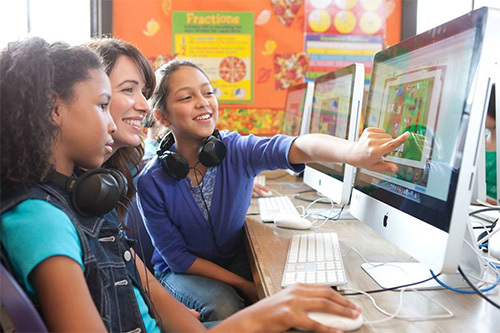
How can we work to bridge the gap between the under-privileged digitally unsophisticated and the digitally proficient?
With all the promise of individualized instruction for every learner, there remain significant barriers for some students. The good news is that they are being broken down. The past few years have seen a dramatic and meaningful expansion of broadband access and availability of digital tools, yet despite this progress, there are still inequities in access. לדוגמא, the 2015 FCC Broadband Progress Report states that approximately 35 percent of schools lack access to fiber, meaning the high-quality broadband with appropriate speed students need to work. We also hear from Pew Research that some 5 million households with school-age children do not have high-speed internet service at home, which leads to a “homework gap” for students who need access the most. For students who don’t yet have technological fluency, providing access at school and in the community can help level the playing field. When the walls of the classroom come down, learning opportunities open up. Research shows that increasing the time students are actually engaged in learning, along with other factors such as high expectations and the use of data to guide instruction, results in what we want for all students: confidence, love of learning, and higher achievement. I believe that investing in EdTech simply cannot wait if we want to close those opportunity gaps. We need a shared sense of urgency that is fueled by a compelling promise to unlock the learning potential of every child, ובתוך כך, unlock their human potential. That’s good for the learner, their family, their community and the entire world.
What is your Dream Dare Do for learning technology in the next 5 או 10 שנים?
שלנו חלום is to provide every child with the ability to reach their full potential by ensuring they have access to the best learning opportunities. We think personalized learning is optimal learning, and that the most personalized opportunities can be provided with the support of innovative learning technologies that meet the learner where they are and dynamically adapt to their needs as they progress. אָנוּ מעז to seek to delight and surprise learners by delivering a blended, personalized experience that gives students access to the content they are ready for when they need it and ensuring that progression is based on mastery, not memorization. We also seek to delight teachers as much as we delight students. This requires continued investments in our pioneering Intelligent Adaptive Learning technology that so many others seek to emulate. אָנוּ האם intend to keep growing, improving, and being adaptive, including our commitment to partner with educators. There is no more important endeavor than to support great teaching and learning. Our collective futures depend on it.

(All photos are courtesy of Shutterstock & Dreambox Learning)
הצטרף אליי ולמנהיגי מחשבה מוכרת בעולם כולל סר מייקל ברבר (בריטניה), DR. מיכאל בלוק (ארה"ב), DR. ליאון בוטשטיין (ארה"ב), פרופסור קליי כריסטנסן (ארה"ב), DR. לינדה דרלינג-Hammond (ארה"ב), DR. MadhavChavan (הודו), פרופ 'מיכאל Fullan (קנדה), פרופ 'הווארד גרדנר (ארה"ב), פרופ 'אנדי הארגריבס (ארה"ב), פרופ 'איבון הלמן (הולנד), פרופ 'קריסטין Helstad (נורווגיה), ז'אן הנדריקסון (ארה"ב), פרופ 'רוז Hipkins (ניו זילנד), פרופ 'קורנליה הוגלנד (קנדה), הכבוד ג'ף ג'ונסון (קנדה), גברת. שנטל קאופמן (בלגיה), DR. EijaKauppinen (פינלנד), מזכיר המדינה TapioKosunen (פינלנד), פרופ 'דומיניק לפונטיין (בלגיה), פרופ 'יו לאודר (בריטניה), לורד קן מקדונלד (בריטניה), פרופ 'ג'ף מאסטרס (אוסטרליה), פרופ 'בארי McGaw (אוסטרליה), שיב נדאר (הודו), פרופ 'R. נטריגין (הודו), DR. PAK NG (סינגפור), DR. דניז אפיפיור (ארה"ב), שרידהר ךאג'גופלן (הודו), DR. דיאן ראוויטש (ארה"ב), ריצ'רד וילסון ריילי (ארה"ב), סר קן רובינסון (בריטניה), פרופ Pasi Sahlberg (פינלנד), פרופ Manabu סאטו (יפן), אנדריאס שלייכר (PISA, OECD), DR. אנתוני סלדון (בריטניה), DR. דוד שפר (ארה"ב), DR. קירסטן Immersive Are (נורווגיה), קנצלר סטיבן ספאן (ארה"ב), איב Theze (LyceeFrancais ארה"ב), פרופ 'צ'רלס Ungerleider (קנדה), פרופ 'טוני וגנר (ארה"ב), סר דייוויד ווטסון (בריטניה), פרופסור דילן Wiliam (בריטניה), DR. מארק Wormald (בריטניה), פרופ 'תיאו Wubbels (הולנד), פרופ 'מייקל יאנג (בריטניה), ופרופ 'Minxuan ג'אנג (סין) כפי שהם לחקור שאלות חינוך תמונה הגדולות שכל המדינות מתמודדות היום.
גלובל החיפוש לחינוך עמוד קהילה
C. M. רובין הוא המחבר שתי סדרות מקוונות רבים קוראות שלהיא קיבלה 2011 הפרס אפטון סינקלר, “גלובל החיפוש לחינוך” ו “איך וויל אנחנו קראו?” היא גם מחברם של שלושה ספרים רבי מכר, כולל אליס בארץ הפלאות Real, הוא המוציא לאור של CMRubinWorld, והוא משבש קרן עמית.
עקוב C. M. רובין בטוויטר: www.twitter.com/@cmrubinworld


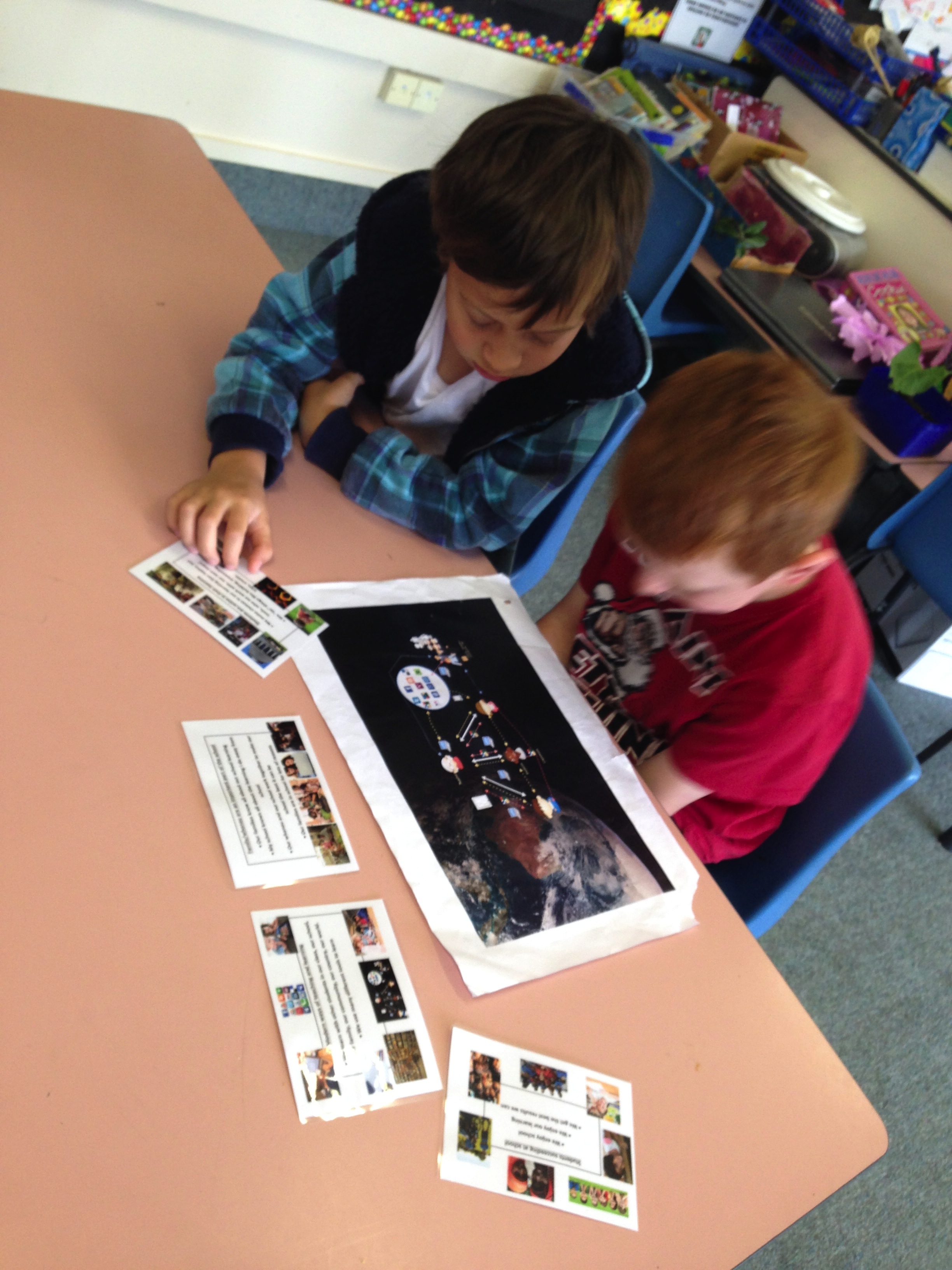
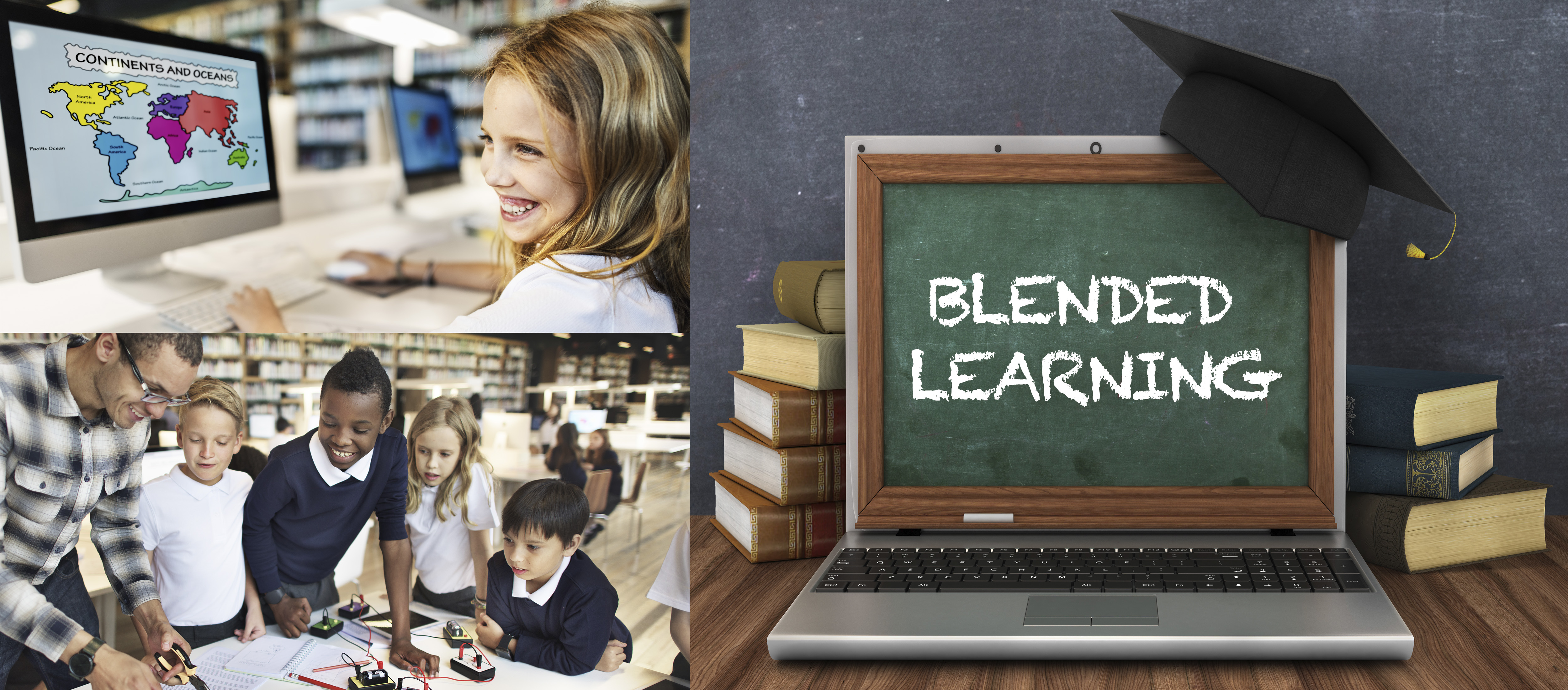
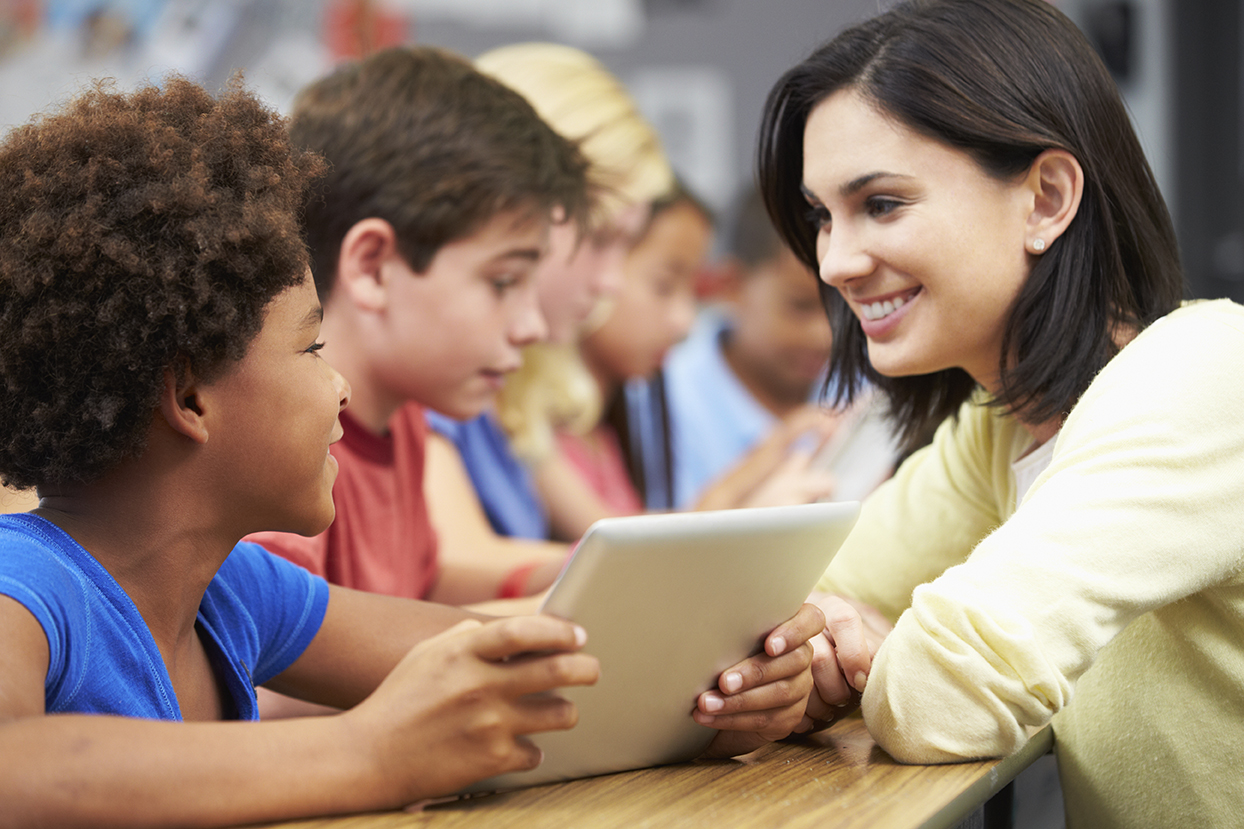
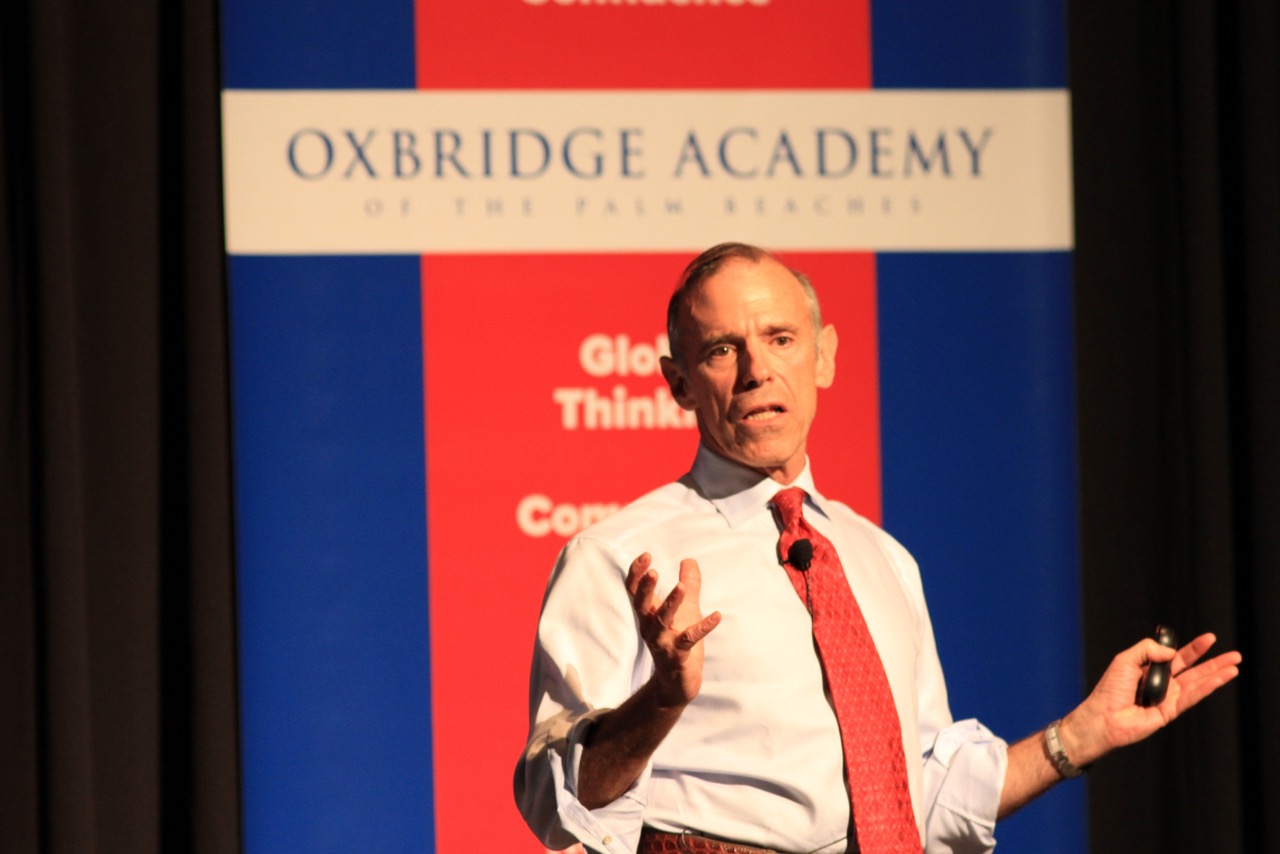
תגובות אחרונות